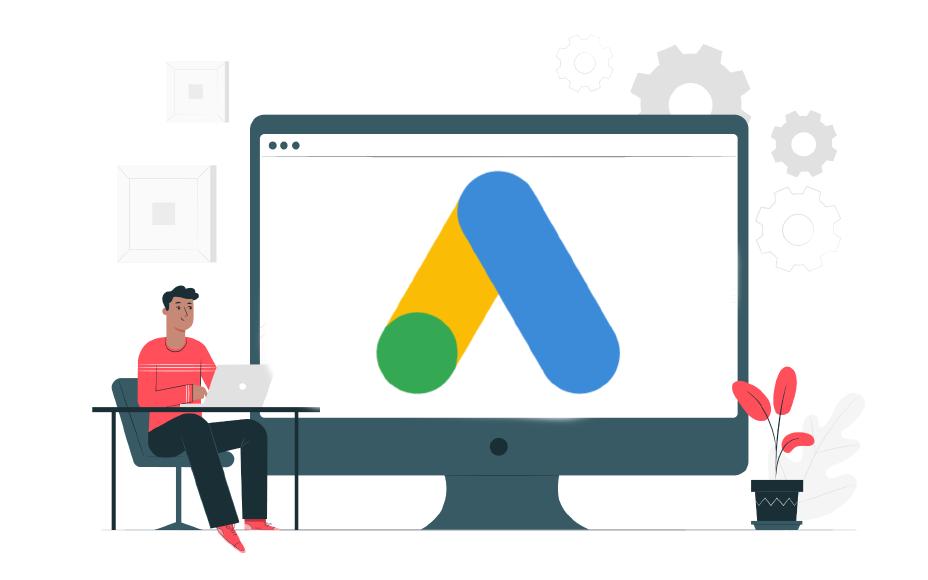Google Ads turned 20 recently and has grown to become the largest PPC marketing platform, with a whopping advertising revenue of over $42 billion in 2019. However, with a plethora of metrics available, inexperienced marketers may find themselves confused. This article outlines the most important metrics you should be tracking for lead generation purposes.
1. Impressions
Impressions refer to the number of times your ad has been displayed or seen. You can improve this metric by increasing your campaign budget, improving your ad quality, or increasing your bid.
2. Clicks
Clicks indicate the number of times your ad was clicked. However, relying on this metric alone does not guarantee the effectiveness of your ad. The click-through rate, which is a different metric, provides more insight.
3. Cost
The cost of Google Ads is determined by the cost per click (CPC) and the cost per action (CPA). The CPC is calculated by dividing the cost of your clicks by the number of clicks, while CPA determines how much money is needed to acquire a lead. The CPC and CPA can be reduced by improving your ad quality, setting maximum bids, and improving your landing pages.
4. Conversions
Conversion rates are not fixed but are determined by the goals you set. Google Ads provides the conversion tracking function to measure your conversion rate accurately.
5. Click-Through Rate (CTR)
CTR indicates the effectiveness of your ad and shows how often users click on it. A good CTR is considered to be 5%. You can boost your CTR by writing compelling ad copies and targeting local audiences.
In conclusion, lowering the CPC and CPA is essential for lead generation. Ensure your landing page is relevant to your advertising copy, and experimentation is key to a successful Google Ads campaign. To present your metrics effectively, you can use free tools like Google Data Studio or Supermetrics.


